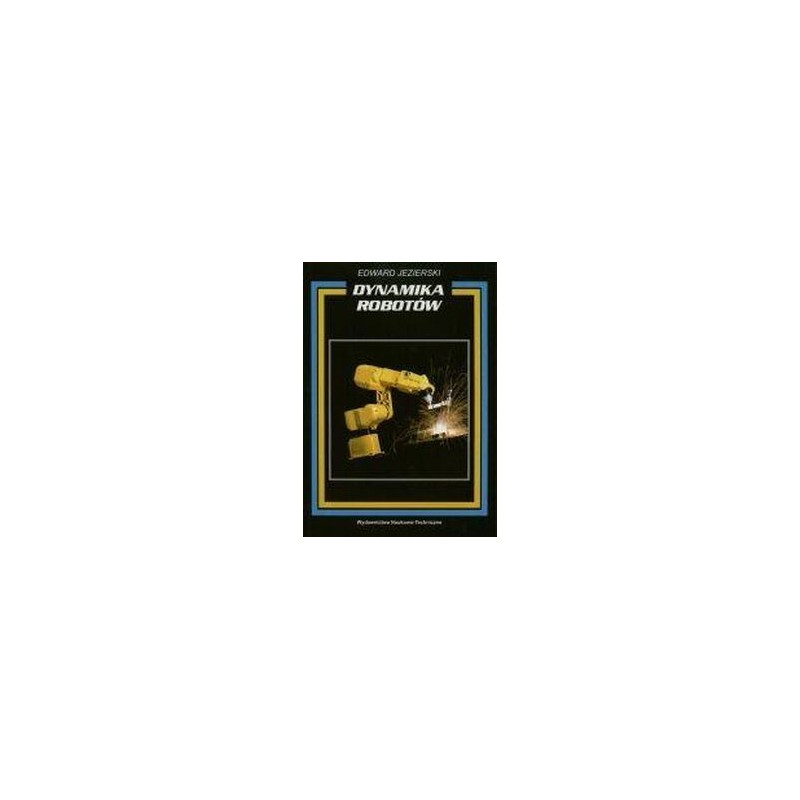- Out-of-Stock



About the book
Table of Contents
1. Introduction
1.1. Historical outline and basic definitions2. Kinematics of manipulators
2.1. Introduction3. The dynamics of the kinematic chain
3.1. Lagrange formalism4. Dynamics of robot drive systems
4.1. Basic properties of drive systems5. Uniform representation of the dynamics of the robot
5.1. Analogies between electrical and mechanical systems6. The use of dynamics models of manipulators in systems
robot control
6.1. Development of the robot control concept No product available!
No product available!
No product available!
The ShiftBrite V2.0 is an RGB LED module with a built-in driver featuring 10-bit digital brightness control on each color channel (over one billion colors). Multiple modules can easily be chained together and controlled from a single microcontroller to create large LED displays.
No product available!
No product available!
No product available!
No product available!
No product available!
No product available!
No product available!
The UGEARS tractor is a rattling greeting from centuries past. No electronics - just plywood, a rubber band motor, and tons of fun! UGears 70003
No product available!
No product available!
No product available!
No product available!
Permanent cylindrical neodymium magnet with a diameter of 15 mm and a height of 3 mm.
No product available!
No product available!

